RockDawg
TPF Noob!
- Joined
- Mar 29, 2007
- Messages
- 156
- Reaction score
- 0
- Location
- NE Ohio
- Can others edit my Photos
- Photos OK to edit
I took this shoot a couple nights ago. My wife came home from work and thought the moon looked pretty and thought I should take a couple photos of it. Even though I knew neither my 18-55 kit lens nor the local landscape/scene in front of my house would provide a very compelling shot, I figured it would still be good practice. I was surprised at the results and was baffled that the moon looked more like the sun in my shots. I used a tripod and tried a variety of exposures, but the moon was very similar in all of them. Why did it turn out this way? What should I have done differently?

P.S. Sorry about the thread title.

P.S. Sorry about the thread title.


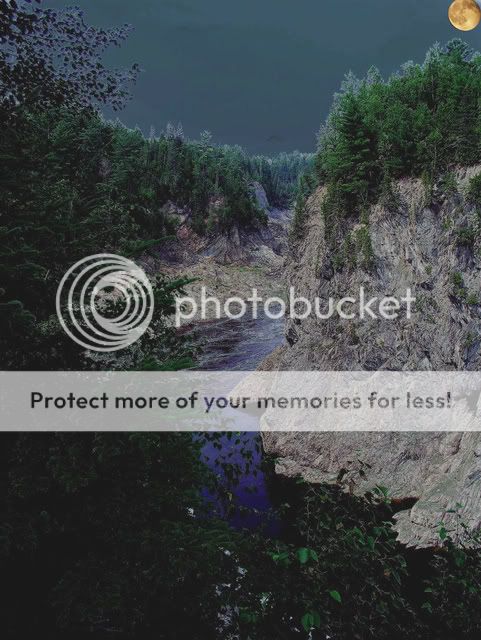
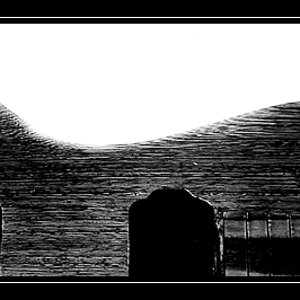
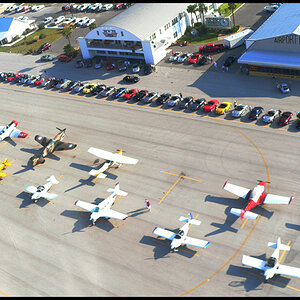
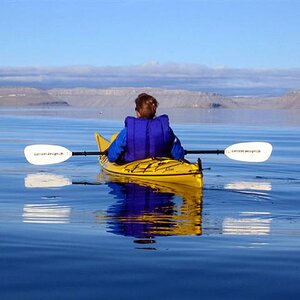
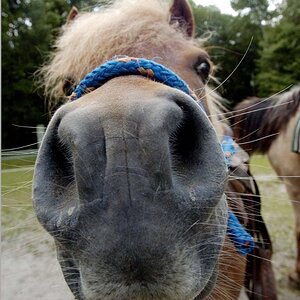
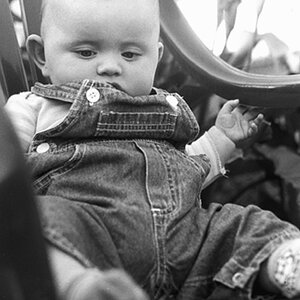
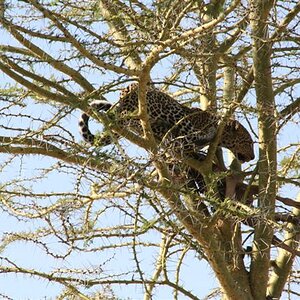
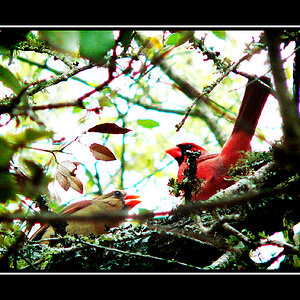
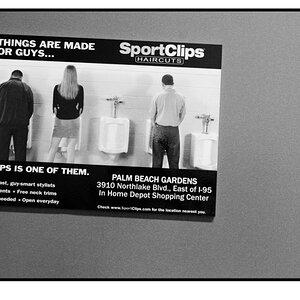

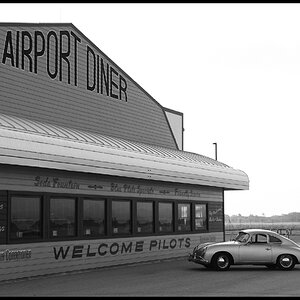

![[No title]](/data/xfmg/thumbnail/37/37604-7ad625e983f92f880eb65a264eeef5e4.jpg?1619738148)